The Palladium’s chamber series returns for the 11th year this Wednesday with a special appearance by one of the world’s top ensembles – The Ehnes Quartet.
We’ll be celebrating the start of our 23-24 season with a champagne toast in the lobby following the concert. All ticket holders are invited to join us.
Four more concerts will follow, starting in January. For tickets and information, you can follow this link.
Music writer Kurt Loft wrote a preview of Wednesday’s concert. His notes will also appear in our program at the show. But you can read them here:
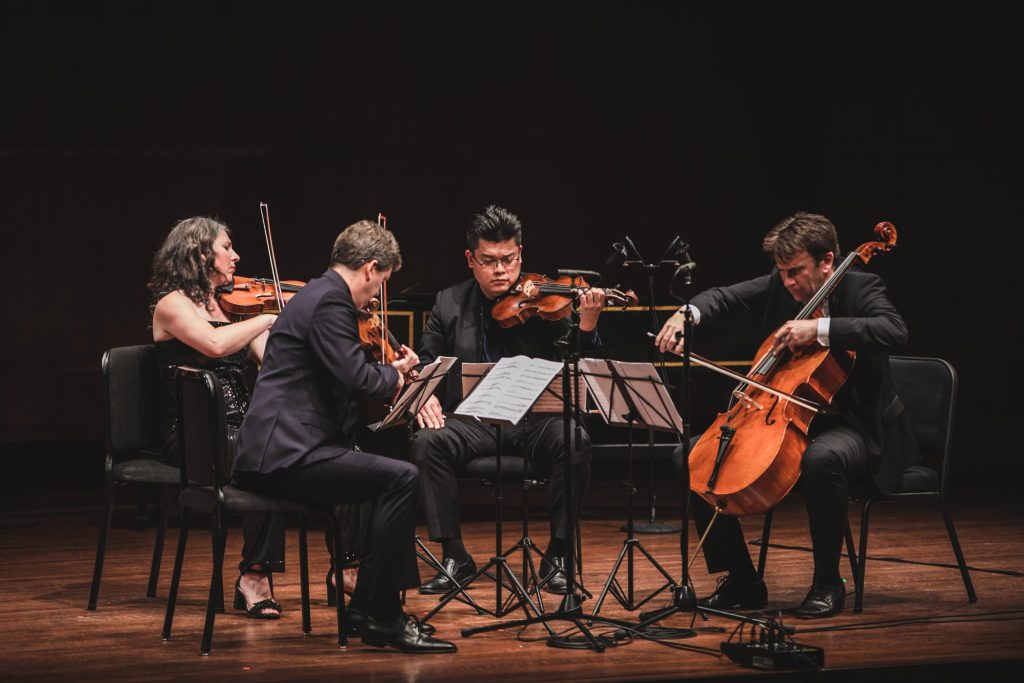
The Ehnes Quartet
Nov. 15, 2023, 7:30 p.m.
James Ehnes, violin
Amy Schwartz Moretti, violin
Che-Yen Chen, viola
Edward Arron, cello
The Palladium Chamber Series’ 2023-24 season opens with a guest appearance by the acclaimed Ehnes Quartet, and someone who made an indelible mark on the musical life of the Tampa Bay area: Amy Schwartz Moretti.
You may remember her tenure with The Florida Orchestra from 1999 to 2004, both as concertmaster and featured soloist − a position now held by Jeff Multer, who also doubles as artistic director of the Palladium Series. Moretti teaches violin at Mercer University in Georgia, and stays in constant motion as a chamber musician, a schedule she calls “a crazy time with travels and so much music.’’
We caught up with Moretti and asked about the pieces you will hear tonight, with her comments included in our program notes.
– – –
Joseph Haydn (1732-1809)
String Quartet in G Major, Op. 77, No. 1
Joseph Haydn, the father of both the string quartet and symphony, has been gone for nearly 215 years, but much of his music keeps its edge and impact. Repeated listening to his G Major Quartet – the second-to-last of nearly 70 he composed − proves the resilience of his work.
“For me, Haydn will never be old fashioned,’’ Moretti says. “It’s the musician’s responsibility to make his music as fresh as the day he put the notes on the page. The fun aspect of his music is how little instruction he gives and how he invites the creativity and character from the artists who play his music.’’
Haydn cast this quartet – from a pair that make up Op. 77 – in four movements that stand out for their fluid diversity, clarity and rock-solid architecture. He published the set in 1802 and was by then the elderly statesman of European music. Interestingly, this was the same year Beethoven began to make a ruckus with his first batch of string quartets, Op. 18, taking the baton from both Haydn and Mozart.
The allegro opens as a dance in sonata form (exposition, development and recapitulation), rich in melodic ideas, complex rhythms and counterpoint that create the feel of a conversation among the foursome. An adagio follows, building quietly into a four-part chorale, giving us one of Haydn’s most impassioned slow movements.
A traditional menuetto occupies the third slot, a gypsy romp in the key of E-flat major. The finale swirls around a fragmented melody that builds velocity as a presto in perpetual motion. Based on a Croatian dance, it gains momentum and then stalls before violins join viola and cello in a race to the finish.
– – –
Benjamin Britten (1913-1976)
String Quartet No. 2 in C Major, Op. 36
Britten composed his Second String Quartet at the close of World War II, riding high from the success of what would be his most popular opera, Peter Grimes. He received a commission for the 250th anniversary of the death of the great English composer, Henry Purcell, whose music had a profound influence on Britten, notable in his Young Person’s Guide to the Orchestra.
The homage is found in the quartet’s final section, a sustained passacaglia he calls Chacony (or chaconne − a set of variations based on a short, repeated harmony). Nearly twice as long as the first two movements combined, it includes a series of 21 variations on a nine-bar theme, each interrupted by solos for violin, viola and cello.
Setting up this epic movement is the opening allegro with three striking themes that play against each other before marrying as one. A vivace follows in the form of a tarantella – an Italian dance of the spider – for muted strings.
“The Britten quartet we’re playing is the most modern piece on the program, so some might consider it more challenging to listen to, but I think balanced programs need to have contrast,’’ Moretti says. “This quartet has moments of peace and beautiful harmony. It’s calming yet menacing in a way that makes you stay alert as you hear all the melodies and sounds pass around the four voices.’’
Regarding the chaconne, Moretti says “it acts as a compelling musical meditation, a very powerful introspective movement that draws inspiration from Purcell. I can’t wait to share this piece with the audience.’’
– – –
Robert Schumann (1810-1856)
String Quartet in A minor, Op. 41, No. 1
Schumann was a visionary who helped define musical romanticism by, in his own words, sending “light into the depths of the human heart.” A superb pianist, literary critic and advocate for such up-and-coming talents as Brahms and Chopin, Schumann kept a busy life, and his marriage to Clara Wieck stands as one of the more poignant love affairs in the world of art.
As we look at Schumann’s career, his compositions can be seen as chapters, following his habit of writing in one medium at a time: chamber music one year, symphonies the next, and entire seasons devoted to songs or church music. In 1842 alone, he wrote three string quartets, a piano trio and the magnificent Quintet for Piano and Strings.
The quartet on tonight’s program is part of the Op. 41 package, and all three were composed in less than five weeks and performed together as a present to Clara on her birthday. The Quartet No. 1 is full of bold contrasts, as if each movement existed on its own, outside of its intended setting. Some scholars believe this represents the dichotomy of Schumann’s two imaginary “personalities’’ – the outgoing Florestan and the introspective Eusebius.
The opening movement, marked expressivo, is full contrapuntal hijinks that hark back to J.S. Bach, whom Schumann studied and adored. Oddly, this first section was written last, and includes a secondary allegro in F major. The composer’s dual natures do battle in the next movement, followed by a tender adagio, a deeply felt essay that unfolds like an arioso from an opera. A lively presto ends the work, the textures at once sonorous before turning into rapid eighth-note fusillades.
“When I first heard this quartet, I was completely and immediately taken by the slow movement,’’ Moretti says. “I’m a sucker for a beautiful slow movement; they’re the heart and soul of most pieces.’’
“The more I’ve grown with the piece, I’m continually surprised by the energy and excitement that Schumann captures in his writing in the outer movements − the melancholy but joyful characters, such beauty and romance. It’s a very special quartet.’’
– Kurt Loft


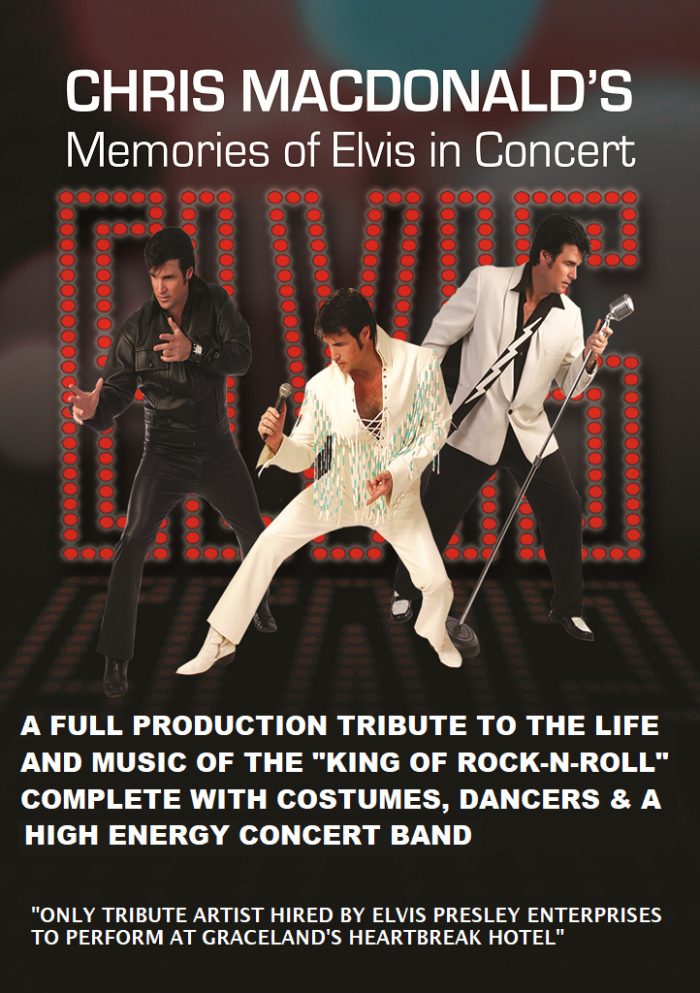
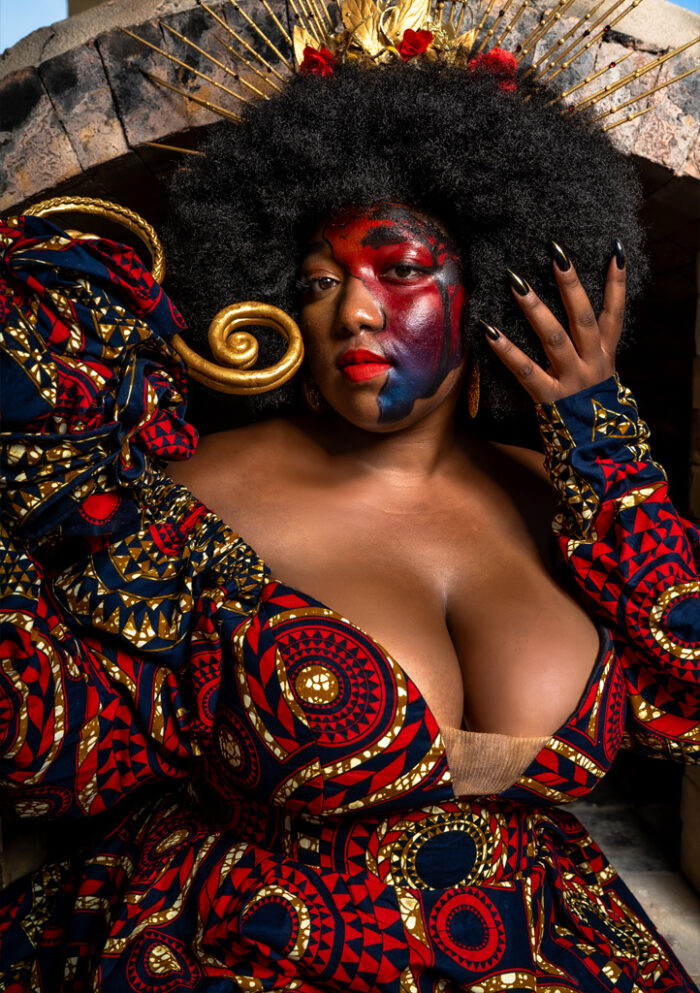
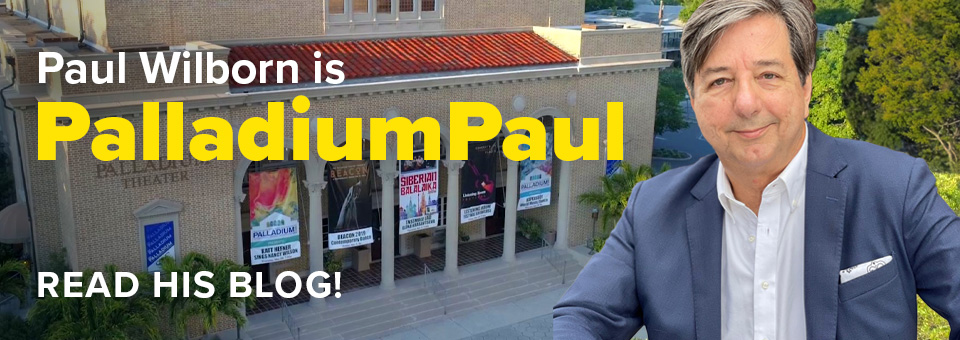
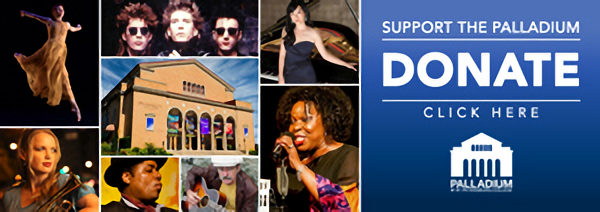

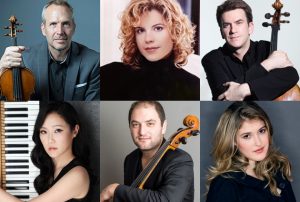
Leave a Reply